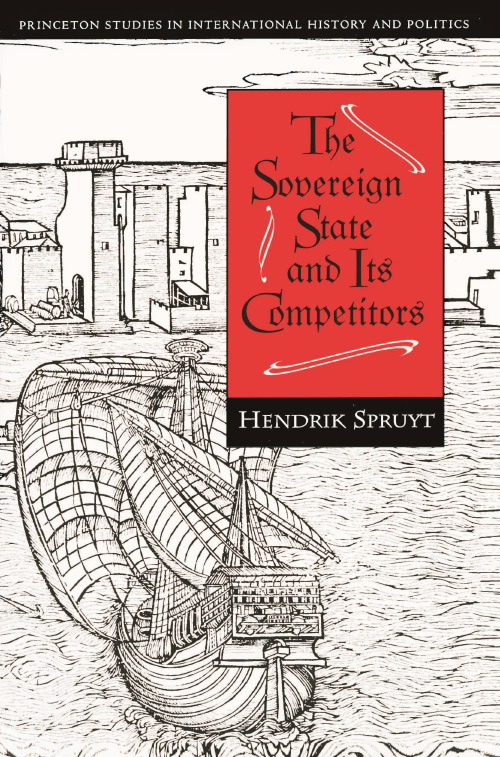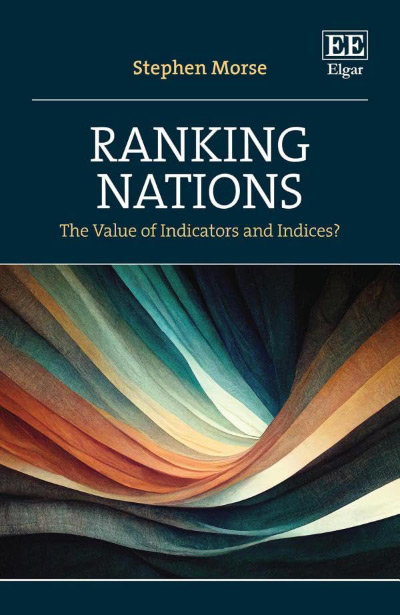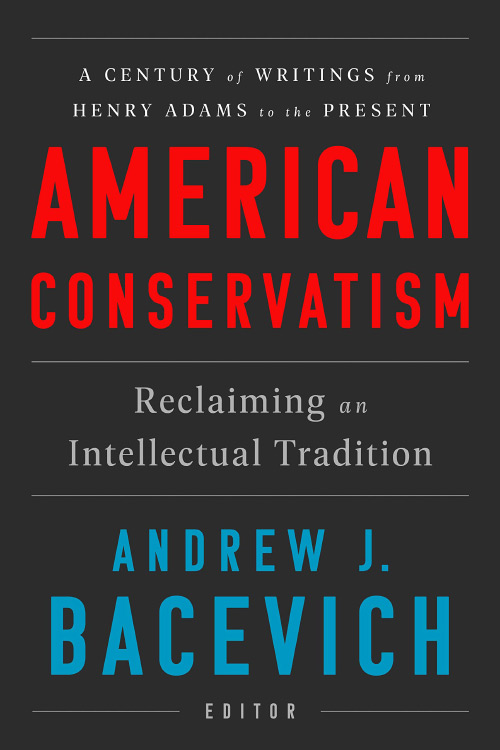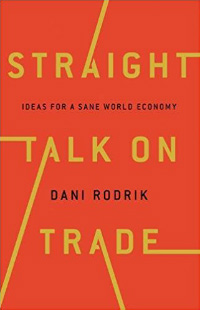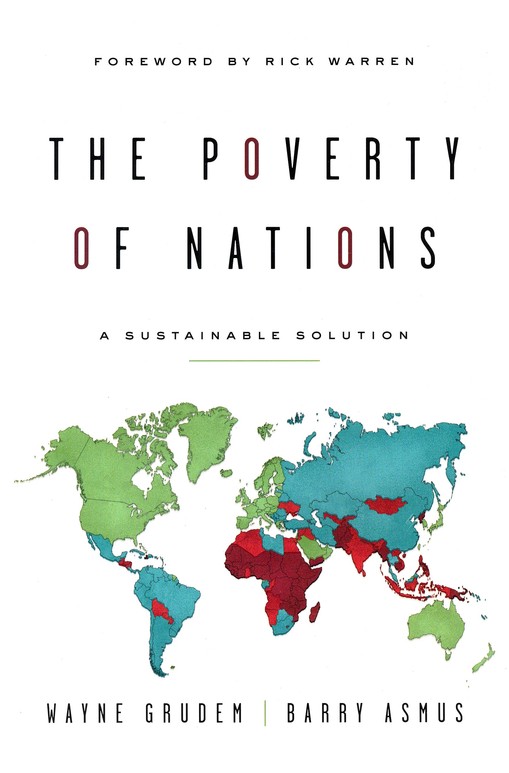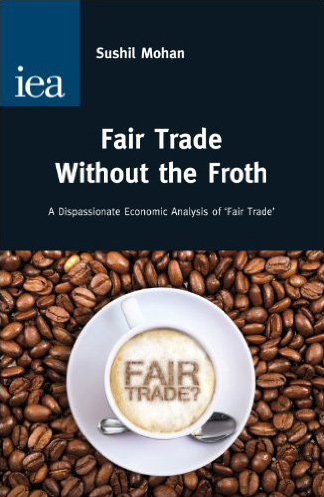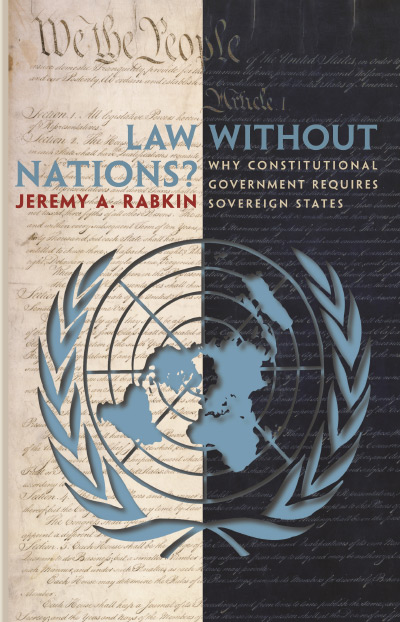Globalization, the “G” word of this decade, raises many challenges to the international system of nation-states. It opens the possibility–if not in political reality, then at least in our imaginations–that this network of institutions populated by national politicians, bureaucrats, warriors, and judges will gradually become less important relative to the transnational institutions and elites of the global economy.
Viewed from this globalist perspective, Hendrik Spruyt’s book constitutes an intellectual “scoop,” for it provides us with penetrating insights into the emergence of the nation-state and the international system of which it forms the unit. If globalization is not a mere fantasy–and there are grounds for thinking it is not; some economists have expressed strong doubts about the future of the nation-state–then it is certainly useful to understand the processes by which the system whose virtual disappearance we are now contemplating became established initially.
Spruyt’s book covers the evolution of domestic and international political institutions and relations in Europe from the late Middle Ages until the seventeenth century. His analysis is quite original in at least three ways.
First, Spruyt rejects the dominant two-stage view of the emergence of the nation-state. According to this view, the nation-state emerged from feudalism either because it benefited from economies of scale in warfare, as the neorealists suppose, or because it permitted the creation of larger markets for the bourgeoisie, as the Marxists suppose. In such a view the nation-state appears as the only feasible outcome in the institutional evolution of the Middle Ages; hence historians of that epoch concentrate on finding the causal antecedents of nation-states. Spruyt argues convincingly against the narrowing character of this approach. He maintains that in the late Middle Ages (the fourteenth and fifteenth centuries) three viable nonfeudal institutional alternatives presented themselves: nation-states (especially France), city leagues (especially the Hanseatic League), and city-states (especially those in Italy). Full recognition of late-medieval institutional pluralism fundamentally changes the question of the emergence of the nation-state. No longer does one ask why the nation-state succeeded feudalism. Instead, one asks why the nation-state rather than one of the alternatives proved a more stable successor to feudalism.
Second, in his analysis Spruyt links the domestic and international dimensions of politics. Because of the compartmentalization of the social sciences, these dimensions often receive separate study. Spruyt emphasizes that the predominance of the nation-state arose not only from the independent evolution in several territories but also from the development of a system of states throughout Europe. Once some nation-states had become firmly established, they developed a system of treaties and characteristics (e.g., diplomats and fixed borders) from which nonstate organizations were gradually weeded out because their structures were more (as with the city leagues) or less (as with the city-states) incompatible with the “game” among the nation-states. This insight is crucial to understanding why the “nationalization” of politics in Europe gained increasing momentum after the fifteenth century, ultimately establishing itself as the single mode of politics in the nineteenth century. Once some identically structured partners had emerged, relationships between them became easier, placing pressure on the nonstate areas to adopt similar structures in order to “sit at the table with the big guys.” Thus the development of the nation-state in countries such as France, England, and Hapsburg Spain led to a specific system of mutual relations–“the international system”–based on international custom and law. This system encouraged the conversion of remaining nonstate entities into nation-states.
Third, Spruyt successfully applies some Hayekian methodological precepts. Historiography, insofar as it attempts to transcend mere narrative, often relies on either voluntarism or determinism. Both are quite sterile for explaining historical processes that extend in time and scope far beyond the life of a single actor. Voluntarism attempts to reduce history to the outcome of the preferences and plans of historical actors. Determinism, in contrast, posits the operation of causal mechanisms in history entirely transcending individual preferences and actions. Spruyt rejects both approaches in favor of the crucial notion of unintended consequences. Particular actors deliberately establish rules and institutions. Often, however, the success or failure of these rules or institutions cannot be explained by the aims or knowledge of the actors but only by consequences these actors could not foresee. According to Spruyt, created institutions are not oriented toward their long-term survivability. Sound historiography must rely on a methodological individualist theory of unintended consequences. Economists familiar with Hayek’s work and with neoinstitutionalist economics will easily integrate Spruyt’s historical analysis into their own theoretical framework.
Spruyt’s story begins with feudalism, an era (c. 800—1300) characterized on one side by two competing universalist institutions, Empire and Church, and on the other side by smaller feudal units such as principalities, counties, baronies, duchies, monasteries, and bishoprics. None of these authorities had or claimed exclusive and sovereign authority in a given territory. The feudal lords had to tolerate the jurisdiction and taxation of other authorities (suzerain, vassals, church) in their realms. The universalist authorities claimed a power not limited by territorial borders. Both the emperor and the pope claimed to be the head of all Christians, even of the whole world (e.g., Emperor Frederick II, “immutator mundi”).
The independent variable that destabilized the system was the rise of trade, which produced a nonfeudal social class including merchants, craftsmen, and administrators and nonfeudal institutions such as city governments. This observation may not seem original, because most analysts of medieval history recognize trade as a crucial source of change. Spruyt, however, shows how increasing trade produced quite different institutional outcomes in different parts of Europe. Despite the determinists’ claim, growing trade did not lead inevitably to a particular institutional rearrangement. Trade produced a new player in the power game. Depending on the prior power balance, the new player formed different alliances and hence brought about different outcomes.
In Germany the main actors were the emperor, the nobility, and the cities. To realize his pretension to be the universal head of Christianity, the emperor had to spend all his energies controlling Italy. To be safe on his home front in Germany, the emperor finally allied himself with the nobility against the cities by ceding control of the cities to the nobles, as ratified in agreements such as the Confoederatio cum Principis Ecclesiasticis of 1220 and the Statutum in Favorem Principum of 1232. Lacking the strength individually to resist the nobles, the German cities developed the Hanseatic League, comprising most major cities in northern and central Germany, Holland, and the Baltic. In the second half of the thirteenth century, the emperor disappeared as a power factor. Germany remained a patchwork of cities and feudal principalities. From the sixteenth century onward, the feudal principalities increasingly copied the institutions of nation-states such as France. The Hanseatic League was gradually removed from the international system of which the principalities became a part. The last Hanseatic Diet (the supreme council of the league) convened in 1669.
In Italy the main actors were the pope, the emperor, and the cities. Here the nobility did not act as an independent social entity. Italy was much less feudal than Germany. Many nobles lived in the cities, merging with the urban elites. The Italian cities, being much bigger and more powerful than those of Germany and France, had no need for a league like that of the Hansa towns. In the twelfth and thirteenth centuries the Italian cities succeeded in defeating the emperor. The pope had no real political control outside the Papal States. A system of city-states evolved in northern Italy as the bigger cities conquered their rural environs and smaller cities. At the end of the fifteenth century, northern Italy contained seven city-states (Florence, Milan, Venice, Parma, Genoa, Siena, and Ferrara and Modena) with more or less definite borders. Still, these city-states never fully developed into nation-states (e.g., subjected cities kept their own law and city government); they did not attempt to create a notion of statehood and citizenship.
In France the main actors were the king, the nobility, and the cities. Unlike the German emperor, the French king had no universalist ambitions. The Capetian dynasty followed a constant policy of establishing political control within the territory of Carolingian West-Francia, which had been completely splintered into small feudal entities by the civil wars of the ninth and tenth centuries. There the nobility was numerous and hostile to the bourgeois mentality of the emerging cities. They subjected the cities to heavy taxation, tolls, and the use of different measurement standards. The cities were small, scattered, and unable to act as an independent force. Unlike the German emperor, the French king sided with the cities against the nobility. He pursued a policy of granting generous charters to the cities, making standards of measurement uniform, and recruiting his ever growing bureaucracy from the urban bourgeoisie.
By the early fourteenth century, during the reign of Philip the Fair, the basic structure of the French nation-state had been established. It would face serious challenges during the Hundred Years’ War, the religious wars, and the Fronde, but the structure remained intact. By the fourteenth century the French king was militarily dominant, having added the largest part of former West-Francia to his royal domain; he ruled by means of an extensive specialized, professional bureaucracy of “prevôts,” “baillis,” “senechaux,” and “enqueteurs-reformateurs”; he commanded important resources through taxation (“taille,” “gabelle”); and he was recognized as the highest secular authority in his realm by the pope in the bull Rex Gloriae.
Having explained how three different political structures emerged from feudalism, Spruyt considers why one of them, the sovereign nation-state, achieved dominance. He rejects monocausal explanatory schemes such as Darwinian selection by war, with economies of scale in warfare. He correctly notes that very small states such as some of the German principalities survived and that a city-state such as Venice in the fourteenth century had far more revenue than the contemporary French nation-state. Spruyt identifies three mechanisms through which selection in international politics operated.
The first is Darwinian survival of the fittest. According to Spruyt, the nation-state had properties that gave it survival advantages. Compared to the city leagues, the nation-state was more effective in standardizing tolls, taxes, and measures and in preventing free riding. Hansa members, for instance, were tempted to commit acts of piracy, capturing the full benefit and spreading the cost (e.g., discontent and retaliation by the victim) across the whole league. The nation-state bound its subjects to it more effectively by a policy of general citizenship, whereas in Italy, subjected cities eagerly defected. Siena, for instance, subjected first by Florence, preferred a later occupation by the French king to the domination by its neighbor.
The second mechanism was selection by mutual empowerment. Nation-states preferred to deal with other nation-states because they perceived one another as reliable partners. They had fixed borders, controlled their subjects firmly, and had no claim to jurisdiction outside their borders. In the process of international relations, atypical players such as the Hanseatic League were considered unreliable, hence unattractive, partners. This selection mechanism was less disadvantageous to city-states because, like the nation-states, they adopted the principle of fixed borders. In the peace of Lodi in 1454, the Italian city-states divided the whole territory of northern Italy among themselves.
The third mechanism was selection by directed adaptation–mimicry and exit. People voted with their feet, moving to more stable systems. Cities and regions seceded in order to merge with more successful political systems. The mimicry was clear in the case of some Italian city-states with the absolutist characteristics of dynastic nation-states. The Hansa towns used the exit option often, defecting from the league and integrating themselves into the German principalities.
In his conclusion, Spruyt emphasizes that the system of nation-states is now more strongly established than ever before. It embraces the whole world, including the former colonies. Universalist systems such as Islam do not destabilize or endanger the system. Regionalism results at most in the creation of new, smaller nation-states. The only exception to the predominance of nation-states appears in Europe, where the European Union can be characterized as neither a new superstate nor a mere extension of the existing member states. Spruyt notes, however, that national political elites may use the European Union to capture benefits for their constituents, spreading the costs over other constituencies–a tactic that may disrupt the European project in the long run.
In the debate to which the book makes an important contribution, certain issues merit further consideration. With regard to the historical picture Spruyt paints, readers may well ask: Where is England? The complete neglect of England can undermine Spruyt’s analysis in two ways. First, England probably preceded France in its formative process as a nation-state. By the twelfth century the Plantagenet dynasty had developed strong central institutions. With the conquest of Normandy by Philip Augustus, the Plantagenet institutions were confined to England, becoming “typically English.” Second, the English nation-state successfully reconciled many elements of medieval polycentrism with a unitary political system. This institutional combination may well constitute a separate alternative besides the ones discussed by Spruyt. If so, his neglect of England calls into question not merely his choice of examples but the completeness of his analysis.
One may also ask why Spruyt did not use economic reasoning and game theory more explicitly and thoroughly. At times his explanations, though based on such analytics, fail to convince, as they seem incomplete. For instance, he mentions that cities could exit their league to join a nation-state, but he does not explain why a city would make this choice, which was likely to be irrevocable. Here he might have taken note of the 1990 discussion paper on the Hanseatic League by Avner Greif, Paul Milgrom, and Barry Weingast (subsequently published as “Coordination, Commitment, and Enforcement: The Case of the Merchant Guild,” Journal of Political Economy 102 [1994]: 745—77), which treats much more thoroughly the problems of free riding and exit.
Spruyt’s analysis may lend itself to intellectual abuse by apologists for the nation-state. Even though his book offers a positive analysis of the emergence of nation-states, certain historical factors treated as explanatory in the analysis might be seized upon to justify the nation-state. For instance, French cities bet on an alliance with the king because they expected to gain several advantages, such as the standardization of measures, tolls, and other taxes. Because this explanation implies an element of collective preference, it is intellectually tempting to view it as a political argument in favor of centralization, but such a jump from explanation to justification would be completely unwarranted in this case. It is probably true that the French urban elites bet on the king because they perceived at the time and in the prevailing circumstances that this option promised the greatest net benefits. But if we evaluate the choice from an ex post perspective, we may seriously question whether the cities made the best decision. By their alliance with the king, they stimulated the rise of a power that would lead the whole nation, the cities included, to increased warfare, a crippling level of taxation, and an immense bureaucracy.
The free-rider problem of the Hanseatic League illustrates a similar interpretive difficulty. True, free riding was inherent in such a decentralized arrangement, and some members perceived it as a reason to defect and submit to the authority of a prince. But again, from an ex post perspective, we may question whether exiting the league was wise, for it cost the cities their “voice” forever.
Likewise with regard to fixed borders. Certainly kings and princes viewed fixed borders as an element of stability and tried to eliminate transborder jurisdictions. But we can now see the large costs of such a policy. Numerous cultural communities were cut into parts and merged with culturally completely different populations. And many minorities lost their cultural, linguistic, and religious identities within the enforced homogeneity of the nation-state, from which they found it impossible to escape.
Spruyt’s book deserves a wide readership, especially by those seeking a better understanding of institutions to guarantee liberty and peace in the future.


